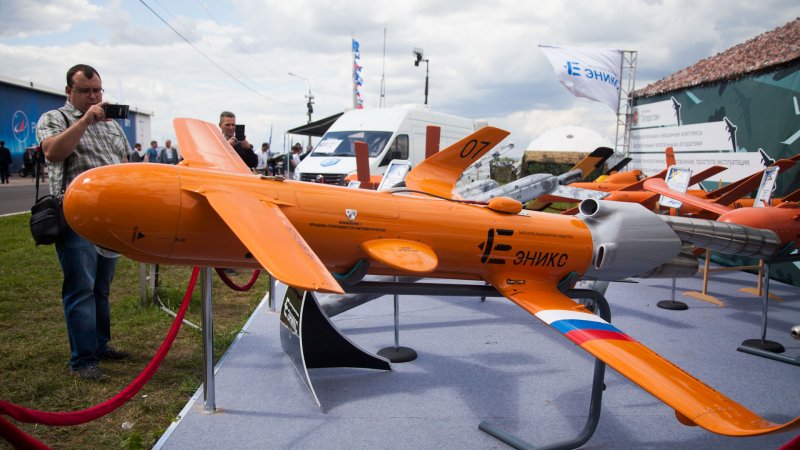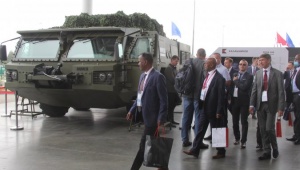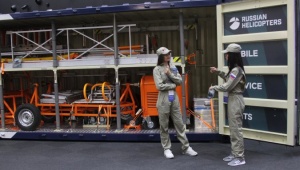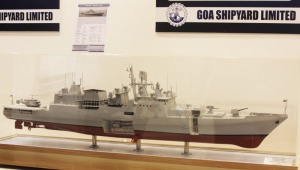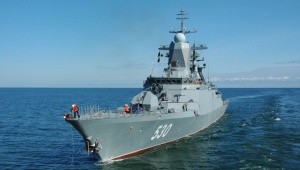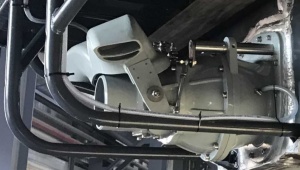The target drone can be powered not only by a pulse-jet engine, but by a turbojet one. Max speed with the first engine type is 400 kph, with the second one is up to 500 kph.
According to the company managers, using of one or another type of engine depends on the needs of a certain client. Some of them are foreign ones.
"Indeed, foreign customers took interest in our target drone. Example, those from the Arab Emirates and Algeria", shared Sergey Pobezhimov.
Head editor at Arms Exports magazine, Andrey Frolov, explained that the interest from these Arabic countries was natural, as Russia had already established cooperation both with Algeria and the UAE.
"We do have military and technical contacts with these countries. Sure, in these terms Algeria precedes the Emirates [as of purchase volume – editor’s remark], however, the UAE often act as a launch customer of new and expensive weapons. So, both countries are potentially exciting clients. In the case of Algeria, the interest in the Russian target drones is quite obvious, while it is hardly understood for the Emirates. Perhaps, they need these systems to train crews of Pantsir air defense systems", supposed the expert.Another specialist in unmanned aerial systems, Denis Fedutinov, outlined the current trends in the target drones industry.
"Basic trends in the target drones development depend on their core mission: simulation of the wide range of various aircraft for minimization of corresponding costs. This task can be resolved by single- or multiple-use short-life air drones properly equipped to simulate different targets. This helps to make these devices more versatile under the current aircraft performance characteristics", commented the expert.
The new target drone E17M debuted at Army-2018 forum.
While some countries are oriented at procurement of new systems in Russia, another ones update the air training fleet by own efforts. In March, the US Navy reported on assignment of the initial combat readiness status to the new subsonic air target BQM-177A. It is supposed to replace BQM-74E used in the US Navy since 1968.
Valery Butymov
Have anything to add? Feel free to contact Mil.Press:
+7 (812) 309-8-505, ext. 102 ;















